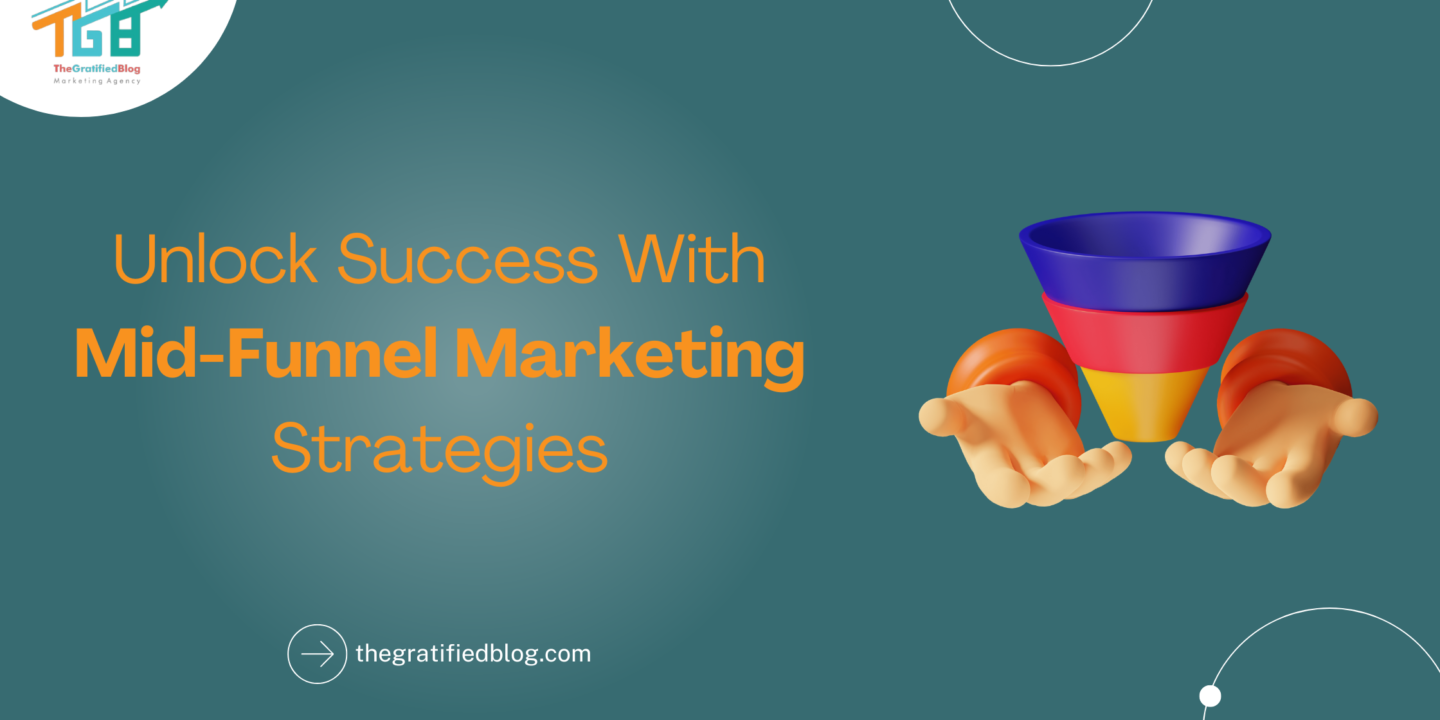
In today’s competitive digital landscape, mastering every customer journey stage is crucial for marketing success. One of the most critical yet often overlooked stages is mid-funnel marketing.
Mid-funnel marketing focuses on nurturing leads who have already shown interest in your brand but need more time to be ready to make a purchase. Companies that effectively engage and build trust with these potential customers have the potential to greatly boost their conversion rates and drive sustainable growth.
In this blog, we’ll delve into mid-funnel marketing, explore critical strategies to optimise this stage and highlight tools and techniques to ensure your mid-funnel efforts are efficient and impactful.
Let’s begin by grasping the concept of mid-funnel marketing:
Definition Of Mid-Funnel Marketing
Mid-funnel marketing refers to the stage in the customer journey where leads have moved past the initial awareness phase but have yet to reach the decision-making stage. This phase is characterised by prospects who have shown interest in your products or services and seek more information and validation before making a purchase decision.
The primary goal of mid-funnel marketing is to nurture these leads by providing valuable, relevant content that addresses their needs, builds trust, and moves them closer to conversion.
It involves tactics such as personalised email campaigns, in-depth content like case studies and webinars, and leveraging social proof through testimonials and reviews. Effective mid-funnel marketing ensures that prospects are adequately educated and engaged, increasing the likelihood of converting them into loyal customers.
Fundamental Objectives Of Mid-Funnel Marketing
- Building Trust and Credibility: Building trust and credibility is paramount in mid-funnel marketing. At this stage, prospects evaluate whether your brand can deliver on its promises. You can demonstrate your expertise and reliability by providing detailed case studies, customer testimonials, and industry certifications. This builds a solid trust base, making prospects more comfortable doing business with you.
- Nurturing Leads Through Personalized Content: Personalised content is essential for nurturing leads in the mid-funnel stage. Tailoring your messages and content to address each lead’s specific interests and needs can significantly increase engagement. Targeted email campaigns, personalised recommendations, and dynamic content on your website are instrumental in accomplishing this. Personalised interactions make leads feel valued and understood, encouraging them to move further down the funnel.
- Addressing Pain Points and Objections: Addressing pain points and objections is a crucial objective in mid-funnel marketing. Prospects often have concerns or needs that must be addressed before committing to a purchase. You can alleviate their fears by providing content that directly addresses these issues—such as detailed FAQs, comparison guides, and problem-solving webinars—and demonstrating how your product or service meets their needs. This proactive approach helps in converting hesitant leads into confident buyers.
Having grasped the concept of mid-funnel marketing and its primary goals, let’s delve into the strategies for successful mid-funnel marketing.
Strategies For Effective Mid-Funnel Marketing

Content Marketing
- Creating In-Depth Articles, Case Studies, and Whitepapers: Producing detailed content such as in-depth articles, case studies, and whitepapers can effectively address mid-funnel leads’ specific needs and questions. This content demonstrates your expertise and provides valuable insights, helping prospects make informed decisions.
- Utilising Webinars and Video Content: Webinars and video content are powerful tools for engaging mid-funnel leads. They offer an interactive way to present your product’s value, address common pain points, and answer real-time questions, building trust and fostering a deeper connection with your audience.
Email Marketing
- Drip Campaigns and Personalized Emails: Drip campaigns and personalised emails help keep your brand top-of-mind for mid-funnel leads. By dispatching targeted emails containing valuable insights, you can progressively nurture leads, guiding them closer to conversion.
- Segmentation and Targeted Messaging: Effective email marketing at the mid-funnel stage involves segmenting your audience based on their behaviour, interests, and demographics. This enables the delivery of highly pertinent and tailored messages, resonating with individual segments and thus boosting engagement while the likelihood of conversion.
Social Proof
- Testimonials, Reviews, and Case Studies: Showcasing testimonials, reviews, and case studies offer social proof that your product or service delivers on its promises. These authentic endorsements from satisfied customers help build credibility and trust, making mid-funnel leads more confident in their decision-making process.
- Influencer Endorsements: Partnering with influencers who can vouch for your brand adds more credibility. Influencers’ endorsements can sway mid-funnel leads by leveraging their authority and trust within their respective niches, enhancing your brand’s reputation.
Retargeting
- Display Ads and Social Media Retargeting: Retargeting through display ads and social media helps keep your brand visible to mid-funnel leads who have previously interacted with your site or content. These targeted ads remind prospects of their interest and encourage them to re-engage, moving them closer to a purchase decision.
- Personalised Offers and Reminders: Personalised offers and reminders through retargeting campaigns can effectively nudge mid-funnel leads towards conversion. By addressing their interests and previous interactions, you can present timely and relevant incentives that encourage action.
Influencer Marketing
- Partnering with industry influencers with a solid following and credibility: Identify influencers in your niche whose audience aligns with your target market. Look for influencers with a genuine connection to their audience and a track record of engaging content.
- Collaborating on content creation, product reviews, or endorsements: Work with influencers to create content that resonates with their audience and promotes your brand subtly. This could include sponsored posts, product reviews, or endorsements that highlight the benefits of your offerings.
Influencer marketing can be a powerful mid-funnel strategy because it leverages the trust and authority influencers have built with their followers. Their recommendations and endorsements can help sway prospects in consideration, driving conversions and brand awareness.
Let’s now explore the tools and methods used in mid-funnel marketing.
Tools And Techniques For Mid-Funnel Marketing
Marketing Automation Platforms
- Benefits of automation in lead nurturing: Automation streamlines lead nurturing processes, making it easier to send personalised messages, track customer interactions, and move leads through the sales funnel efficiently.
- Popular tools (e.g., HubSpot, Marketo): These platforms offer features like email marketing, lead scoring, workflow automation, and analytics to enhance mid-funnel marketing efforts.
Customer Relationship Management (CRM) Systems
- Integrating CRM with marketing efforts: Integrating CRM systems with marketing activities allows for a unified view of customer data, enabling personalised marketing campaigns based on customer behaviour and preferences.
- Tracking and managing lead interactions: CRMs track and manage all customer interactions, including emails, calls, and website visits, providing valuable insights for optimising mid-funnel strategies.
Analytics and Tracking
- Measuring engagement and lead behaviour: Analytics tools track CTR, time spent on pages, and content interactions to gauge engagement levels and understand lead behaviour.
- Tools for monitoring mid-funnel performance: These tools help marketers analyse mid-funnel campaigns’ effectiveness, identify improvement areas, Utilize data to inform decisions and optimise conversion rates and customer journeys.
FAQs
Q1. What is mid-funnel marketing, and why is it important?
A. Mid-funnel marketing refers to strategies and tactics aimed at engaging and nurturing leads who are already aware of your brand but have yet to make a purchase decision. It’s crucial because this stage bridges the gap between initial interest and conversion, focusing on building trust, addressing objections, and guiding prospects towards making a buying decision.
Q2. What are some critical components of an effective mid-funnel marketing strategy?
A. An effective mid-funnel marketing strategy includes personalised content that resonates with the audience, nurturing campaigns such as email sequences and targeted messaging, interactive content like quizzes or webinars to deepen engagement, and strategies for handling objections and providing solutions that address specific pain points.
Q3. How can marketing automation help with mid-funnel marketing efforts?
A. Marketing automation is vital in mid-funnel marketing. It streamlines lead nurturing processes, delivers personalised content based on user behaviour and preferences, automates follow-ups to keep prospects engaged, and provides valuable insights through analytics to optimise campaigns and improve conversion rates.
Conclusion
Even with a deep understanding of mid-funnel marketing intricacies, customer loss remains a risk without effective strategy implementation. Embracing mid-funnel marketing tactics now can result in notable gains in customer acquisition and retention. These strategies bolster existing customer relationships and draw in new ones, paving the way for sustained business growth and success.
However, if you still have any questions related to the blog, please feel free to leave them in the comment section below. We will be happy to answer them.
Thanks for reading 🙂


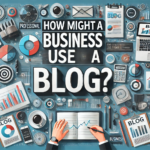

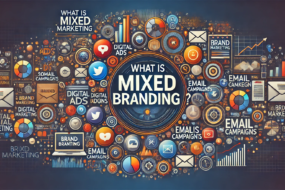
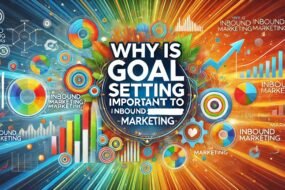
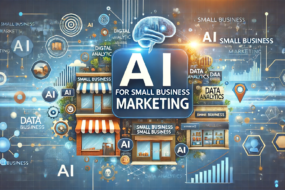

No Comments